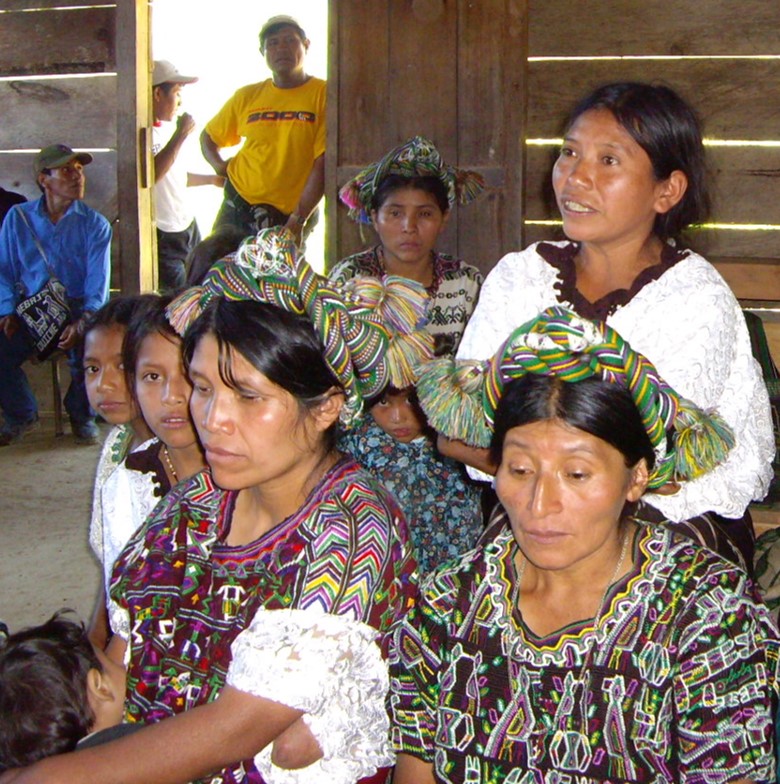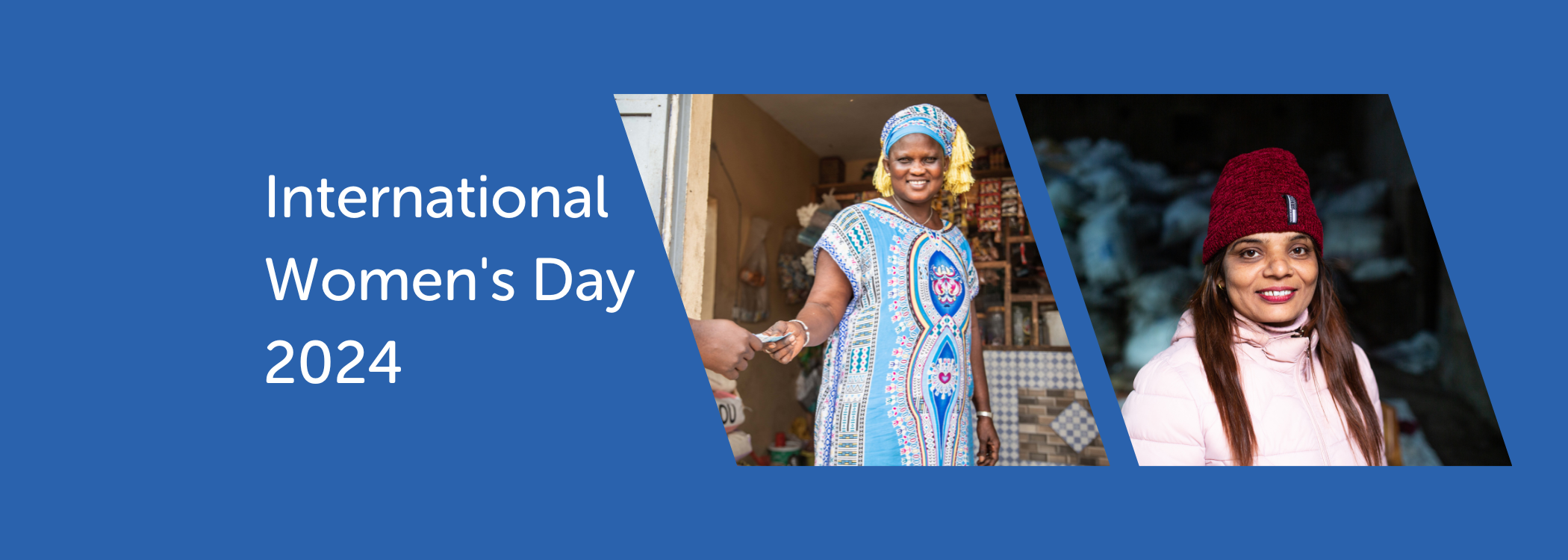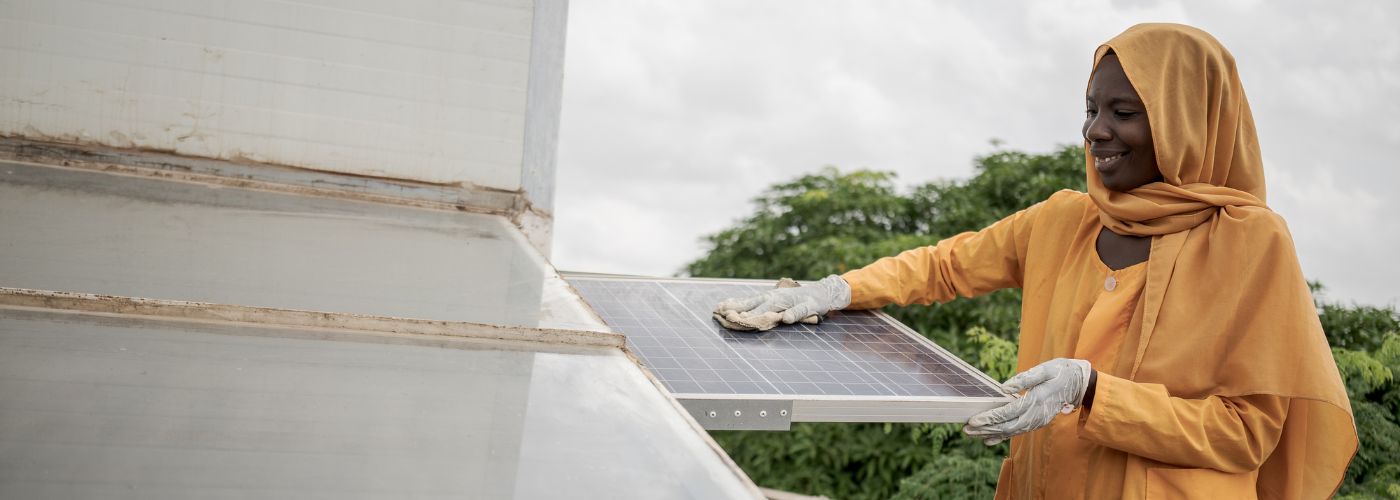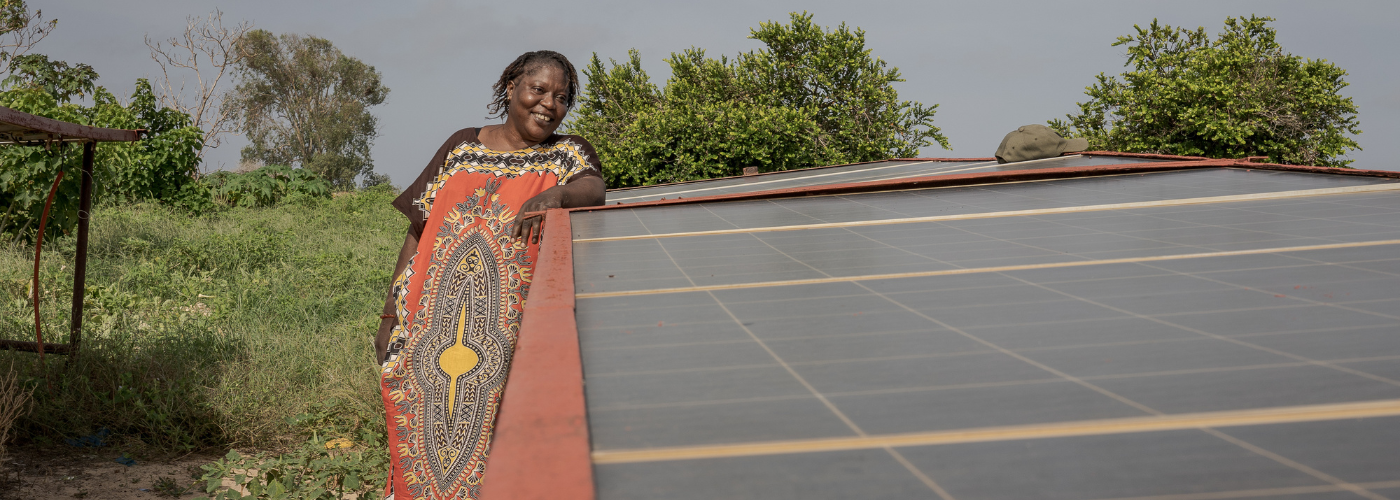On December 7, during the United Nations Framework Convention on Climate Change (COP21) in Paris, ENERGIA, HIVOS and IUCN held a side event panel discussion. The selected panelists discussed how gender responsive solutions are integral in sparking change for environmental sustainability and increasing energy access.
In an effort to showcase real-world solutions, voices with practical experience in this space were included in the discussion. One panelist in particular provided interesting insights from work being done on the ground in Central America. Mario Hernandez, the Executive Director of Semilla de Sol joined the panel. Mr. Hernandez spoke about how his organization works in Guatemala to empower local communities with the knowledge they need to find their own sustainable energy solutions.
A micro hydroelectric plant owned and run by communities
In one region in particular, Semilla del Sol has helped a community to plan, install and maintain a micro hydroelectric plant to bring electricity to families who previously had no access to a grid. The Batzchocolá Community Micro Hydroelectric Plant, located in the community of Batzchocolá, is part of the community renewable energy micro-enterprise model that Semilla de Sol promotes and advises in poor, rural, and indigenous communities in Guatemala.
The plant was conceived of in 2006 and construction began in 2009. Semillas del Sol and their partner, the Hydroelectric Association for the Integral Development of Northern Quiche (ASHDINQUI), made it a point to involve women in this community in the decision making process from the beginning. Women were recognized as the main users of household energy in the region and thus carried a large share of the burden that comes with their traditional sources of energy. The candles, ocote pitch pine, and makeshift kerosene gas lamps that families were using for light, cooking and heating were inefficient, costly and damaging to health. They cost women time and families money. The objective was to replace them with a healthier, more efficient, more sustainable source of energy.
Including women in the process
In addition to aiming to improve the lives of women in the region in relation to energy access, Semilla del Sol used the project as an opportunity to elevate women’s voices at the community level. Women in the region are often burdened with the time and effort of maintaining the household and have little access to secondary education and business opportunities. Throughout the development and implementation processes they used this program to build the organising, technical, and administrative capacities of women to promote their social and business development. By engaging women in the process of building the micro-hydro plant, Semilla del Sol and ASHDINQUI were able to provide local women a platform on which to speak about issues that pertain to their lives. Thus, the process resulted in a gender inclusive solution, which took into account all residents of the region who could benefit from energy access.
The plant was planned and constructed by the community and came online in the summer of 2014. It now provides energy to 141 families in the villages of Batzchocolá and Laguna Batzchocolá in the Municipality of Santa María Nebaj, and Visiquichum, in the Municipality of San Gaspar Chajul, Department of Quiché. With plentiful local water sources for much of the year, the plant provides electricity to improve living conditions, create job opportunities, and increase household income. Users of the electricity from the plant must pay a fee for access. However, local families note that the electricity payments are lower than what they used to budget for the candles, ocote pitch pine, and makeshift kerosene gas lamps they used traditionally.
Improved quality of life
Because of their newly cemented access to energy, local women have been able to save time on cooking – by using electric blenders and corn grinders to process raw ingredients quicker. Women used to rise early in the morning to process grains and vegetables, now they get more sleep – the health impacts of this result are being measured. The new electric lights burn brighter, giving women more light for weaving traditional fabric in the evening and they have all but eliminated the toxic fumes created by traditional sources of energy.
Semilla del Sol, ASHDINQUI and the community of Batzchocolá can be a model for future successful projects. By including women and men in the conversation, the solution benefits everyone living in the community. With stories like this, and the side event at COP21, ENERGIA, IUCN, HIVOS and our partners displayed the effectiveness of including gender responsiveness into energy access and environmental sustainability projects to increase the positive impact on everyone around the globe.
The full case study of the Semilla de Sol project is available here











Follow us on: